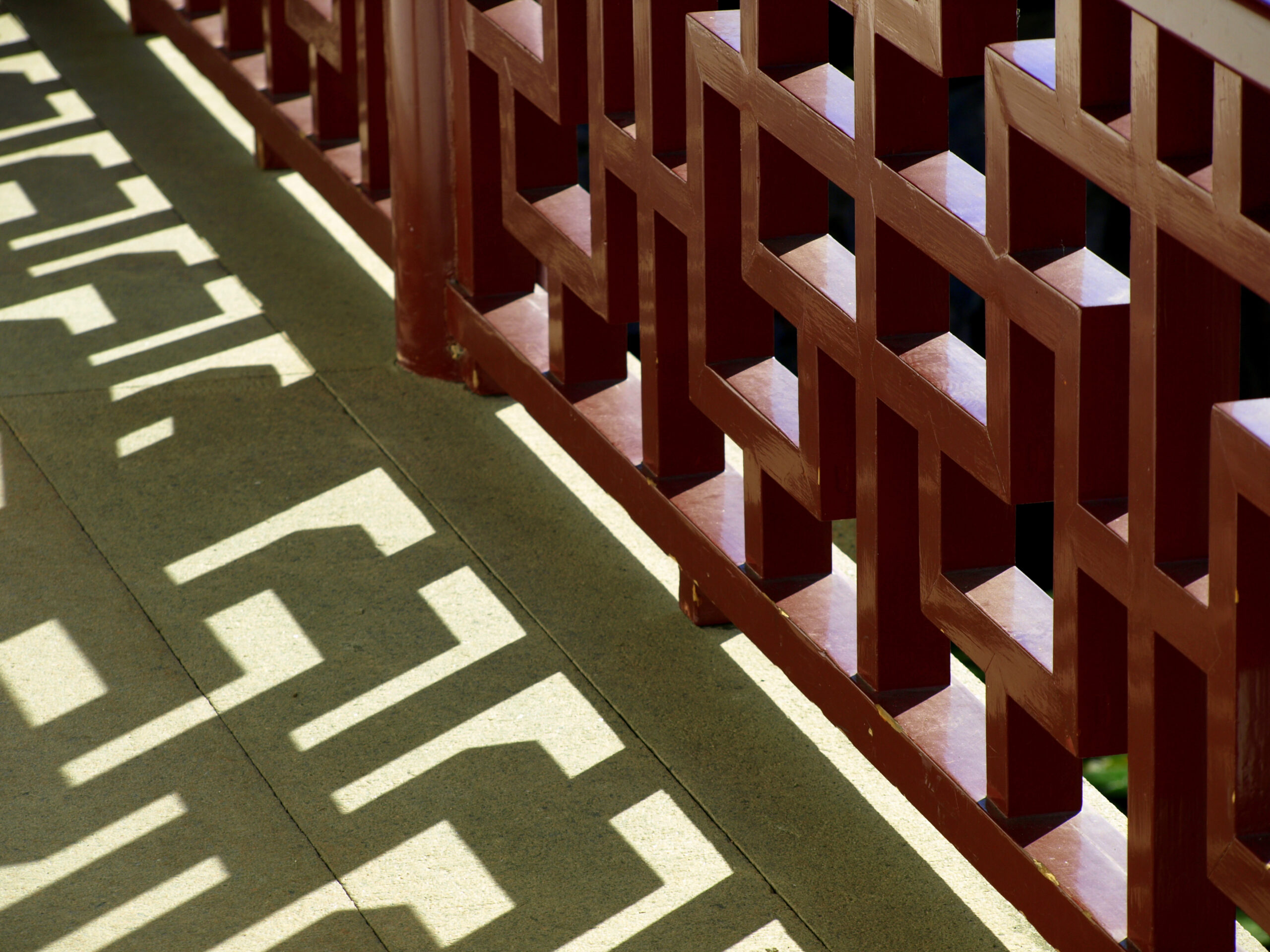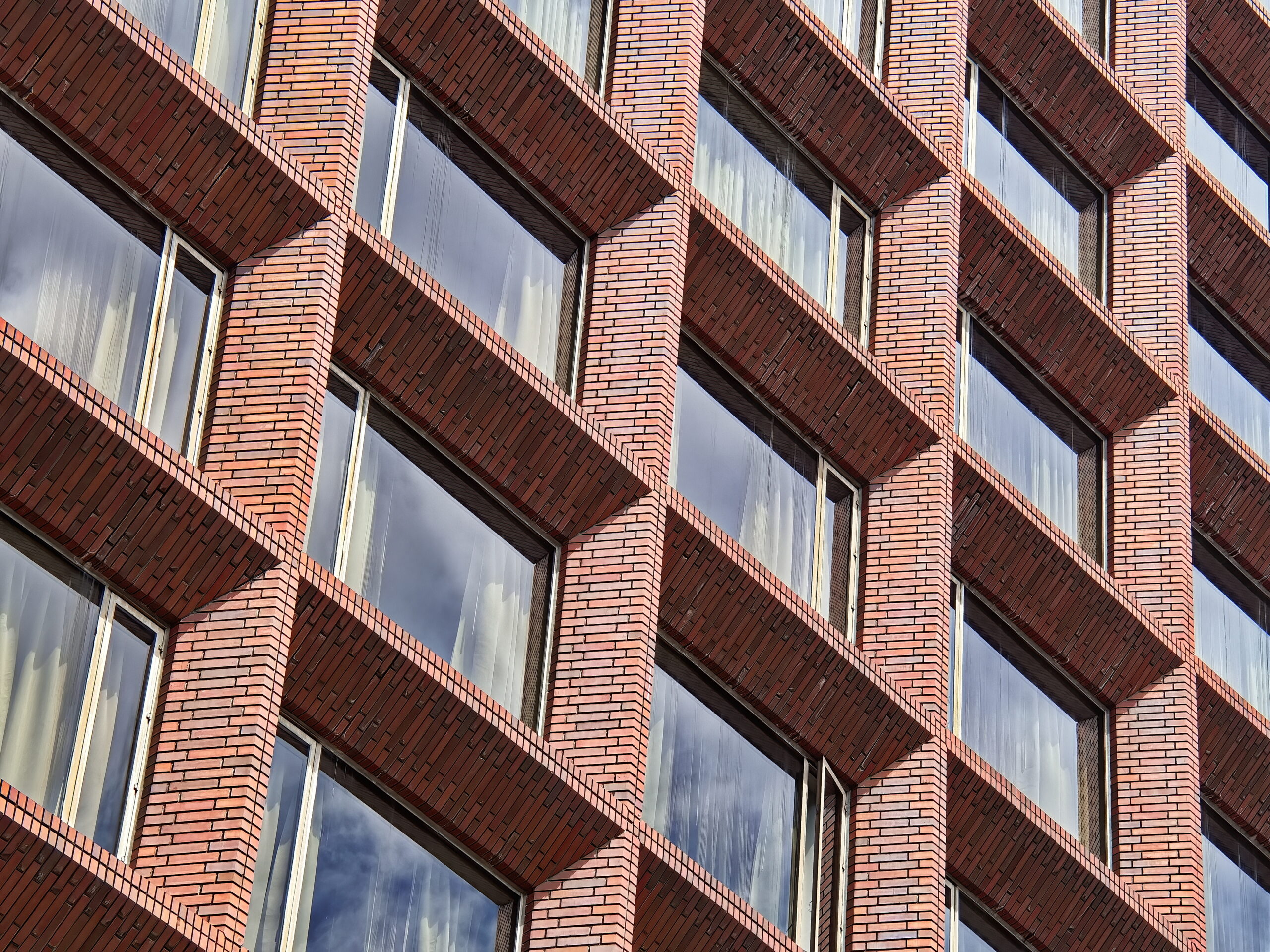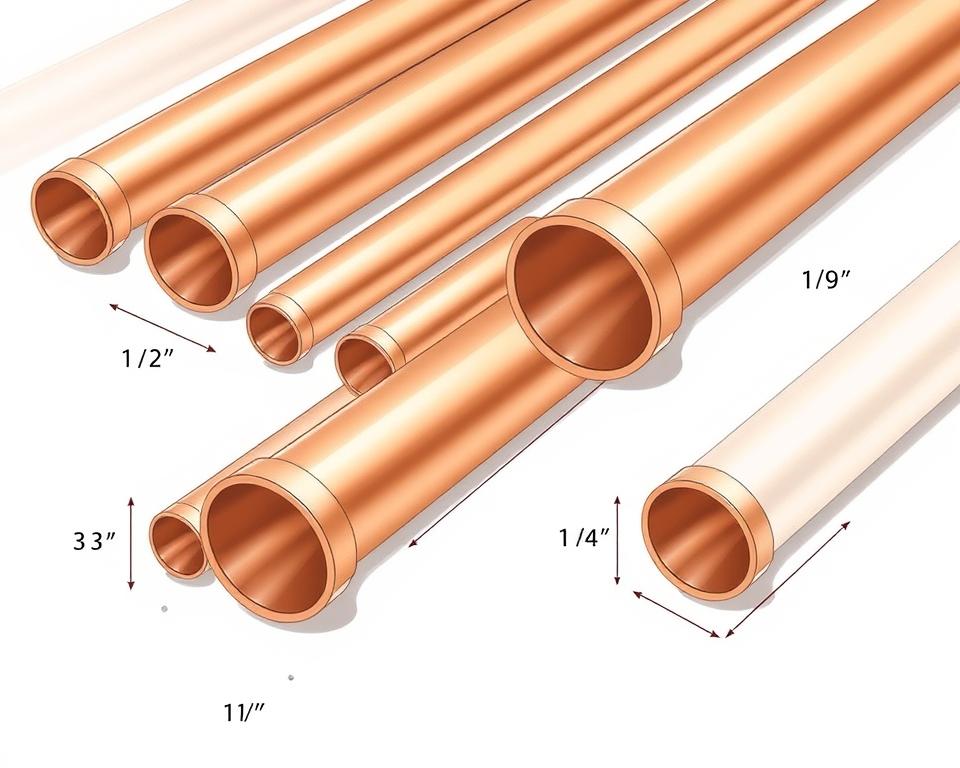Silicone Structural Adhesive Manual for Builders
Are you aware that nearly 75% of building professionals rely on silicone framework sealants for efficient weatherproof construction? These high-performance sealants are not just a fad; they have become essential in modern construction projects for their exceptional durability and strength against weather elements.
Silicone framework sealants provide strong bonding and heightened suitability with a variety of substances. This makes them the preferred option for constructors concentrated on durability and reduced upkeep. Their effectiveness in various applications, particularly in structural joints and glazing, shows how these construction sealants play a crucial role in improving the performance and safety of buildings.
Introduction to Silicone Structural Sealants
Silicone structural adhesives are a crucial advancement in building and construction. They provide robust adhesion and flexibility, making them important in modern building design. In contrast to traditional adhesives, silicone sealants feature lasting flexibility. This is important in regions prone to movement or growth.
The creation of structural glazing sealants has been a revolutionary. These sealants are essential for multiple applications, both interior and outside structures. They ensure cohesion in diverse construction ventures. With a background spanning decades, silicone adhesive are now essential for safety and appearance in architecture.
Builders and architects trust silicone sealants for their performance and flexibility. They are used in glazing and sealing façade joints, providing a reliable option for modern building. As we explore into the categories and characteristics of silicone adhesives, it’s evident they have a crucial role in building methods.
Varieties of Silicone Sealants
For constructors and developers, it’s vital to comprehend the various categories of silicone adhesives. The main categories are non-reactive rubber adhesive and acid silicone sealant. Each category has distinct features that impact their use, making it crucial to choose the appropriate one for a venture.
Neutral Rubber Adhesive
Non-reactive rubber adhesive is the go-to for delicate applications. It doesn’t release solvents that could trigger rust or damaging interactions with different materials. This makes it ideal for framework window sealing, especially in joining panes. Constructors often select this sealant for dealing with metals and other sensitive substances.
Acid Silicone Sealant
Reactive silicone sealant is perfect for projects with robust materials. It cures quickly, making it great for filling gaps promptly. It’s utilized in both home and commercial settings where speed and durability matter. Developers appreciate its versatility, but care is required when applying it with materials that are sensitive to chemicals.
Key Properties of Silicone Framework Adhesive
Silicone framework sealants excel in construction due to their notable attributes. They offer high bonding, strong weatherproofing, and exceptional longevity. These qualities are crucial for builders looking for a reliable sealant for various applications.
Adhesion and Suitability
Top-notch framework adhesives adhere strongly to materials like panes, alloys, and concrete. This versatility is important for ventures requiring a strong bond across different substrates. Builders appreciate this sealant for its capacity to ensure a strong connection, improving the structure’s cohesion.
Weather Resistance
Engineered to withstand severe environments, weatherproof silicone sealant resists to ultraviolet light, moisture, and extreme weather. Such strength guarantees it continues to work effectively over time. It’s an ideal choice for projects exposed to the weather or those in environments with fluctuating conditions.
Durability and Performance
One of silicone sealants’ defining traits is their longevity. They are designed to endure, even with structural movement. This elasticity and durability make them a top pick for projects needing to adjust and endure, ensuring consistent efficiency over their duration.
| Property | Description | Benefits |
|---|---|---|
| Bonding | High adhesive capability to multiple substrates | Guarantees structural cohesion and reliability |
| Weatherproofing | Protection from ultraviolet light, humidity, and weather fluctuations | Enhances longevity and prevents sealant breakdown |
| Longevity | Capacity to withstand structural movement | Provides a durable and effective bond |
Uses for Rubber Sealant in Construction
Silicone adhesives are essential in building, particularly in structural glazing applications. They join building components like glass panes, facades, and window systems, guaranteeing both strength and beauty. A top-quality rubber adhesive not only forms a robust bond but also moves with construction substances, maintaining the bond through normal shifts.
Rubber adhesives are also key in forming weather-resistant barriers, improving buildings’ durability against harsh conditions. This is crucial for the longevity and safety of structures. Here are some significant areas of use:
- Bonding dissimilar materials, such as glass to alloys or cement.
- Forming seals in curtain wall systems, enhancing energy performance.
- Offering water-resistant options for roofs and siding uses.
- Facilitating expansion and shrinkage in moving buildings.
- Guaranteeing visual design consistency in various building designs.
The unique combination of elasticity, longevity, and weatherproofing makes high-performance silicone sealants perfect for modern construction requirements. As constructors look for new options, rubber sealant is more used, resulting in safer and more efficient construction methods.
| Use | Description | Benefits |
|---|---|---|
| Structural Glazing | Attaching glass panes to frameworks | Enhanced aesthetics, strong bond, flexible shifts |
| Waterproofing | Sealing roofing and cladding from humidity | Waterproofing, better longevity, energy efficiency |
| Joining Different Substances | Joining materials like alloys and glass | Flexibility in material compatibility, strong adhesion |
How to Choose the Appropriate Rubber Framework Adhesive
Selecting the appropriate silicone structural sealant demands a detailed examination of material kinds and weather factors. It’s crucial to understand how various materials react with different adhesives. This understanding is essential for choosing a top-quality rubber adhesive that can endure specific stresses.
Factors for Various Materials
When selecting rubber adhesive, various materials demand unique approaches. Below is a table detailing typical materials and their related considerations:
| Material Type | Suggested Adhesive | Key Considerations |
|---|---|---|
| Cement | Professional-grade silicone sealant | Adhesion properties and drying period |
| Glass | Neutral silicone sealant | Clear finish and ultraviolet protection |
| Alloys | Rubber adhesive | Rust protection and flexibility |
| Timber | Mixed rubber adhesive | Moisture resistance and elasticity |
Environmental Conditions
The surroundings greatly influences the selection of adhesive. Factors such as extreme weather, moisture conditions, and chemical contact must be considered. An ideal adhesive should maintain efficiency across varying situations.
- Temperature: Make sure the sealant can withstand the exact temperature range.
- Humidity: Choose adhesives resistant to moisture for wet areas.
- Chemical Contact: If the area will be subjected to chemical substances, select a adhesive with appropriate resistance.
For the best results, always refer to producer guidelines and perform suitability checks with materials. This approach reduces danger and ensures longevity for all projects involving a silicone structural sealant.
Correct Application Methods
Perfecting the art of sealant production application is essential for its efficiency. The outcome hinges on the completeness of surface preparation and the techniques employed. These preliminary stages create the foundation for a effective adhesive application.
Surface Preparation
Surface preparation is the cornerstone of efficient rubber framework adhesive installation. It’s imperative that materials are thoroughly washed, dried, and free of any contaminants. The essential steps for surface preparation are:
- Cleaning: Particles, oil, and residues must be removed. The selection of detergent should suit the substrate kind.
- Preparing: A base coat may be necessary, depending on the adhesive and material, to bolster bonding.
- Dehydration: Total dehydration of the surface is essential before applying the sealant, as humidity can weaken its efficiency.
Adhesive Techniques
Opting for the right sealant application methods is critical for excellent outcomes. The technique used should match with the project’s needs and the desired result. Common techniques include:
- Caulking Gun: This method is favored for its accuracy in regulating sealant width.
- Trowel Application: Perfect for larger regions or when a substantial adhesive coat is needed.
- Backer Rod Installation: Crucial in thicker gaps, this technique regulates sealant depth and improves adhesion.
Adherence to these techniques is important to prevent air entrapment, which can reduce from the bond’s strength. Carefulness in both surface preparation and use guarantees a seal that is both durable and effective, supporting the long-term success of construction endeavors.
Quality Assurance in Adhesive Application
Ensuring the quality of adhesive application is vital for achieving performance expectations. Effective testing methods help builders and developers check the integrity of their projects. This involves thorough bond strength verification under various situations to determine if the sealant sticks effectively with the surfaces it touches.
Testing for Adhesion
Verifying sealant adhesion is essential for assessing silicone sealants. Techniques employed include:
- Pull-off tests – a typical technique to measure the adhesive capacity between the adhesive and the substrate.
- Peel tests – useful for verifying how well the adhesive bonds over time.
- Real-world assessments – practical checks that ensure the adhesive performs as expected in real situations.
These methods, included in the quality assurance process, build trust in the adhesive’s bonding capacity and its fit for a project.
Recording and Guarantee Factors
Documentation is key in guaranteeing sealant quality. It involves noting the materials used, how they were installed, and the environment at the time of installation. Thorough records aid in later maintenance and protect all parties. Guarantee factors are important, providing protection against defects and defining the duties of producers and installers. Sticking to recording methods lowers risks from adhesives that don’t achieve standards.
| Record Kind | Explanation |
|---|---|
| Installation Records | Information on the application process, covering environment and techniques used. |
| Safety Information | Info on the protection and handling of adhesives employed in the project. |
| Warranty Documents | Conditions and conditions outlining coverage against failures and failures. |
Keeping precise information throughout the process is essential for adhesive standard. Efficient verification and detailed recording ensure robust warranty considerations, resulting in effective outcomes.
Frequent Errors to Prevent with Rubber Adhesives
Many constructors run into issues with rubber adhesives that can severely impact their projects. It’s essential to fix these mistakes for a enduring and efficient bond. Here are some common errors to watch out for:
- Incorrect Substrate Cleaning: Failing to wash and preparing surfaces properly can result in weak adhesion. Consistently eliminate dust, oils, or contaminants before applying the adhesive.
- Choosing the Wrong Type of Sealant: Different ventures require particular adhesives. Employing an acid silicone in a place where a neutral one is required can result in inferior performance.
- Incorrect Adhesive Methods: Applying adhesive unevenly can form weak spots. A consistent method and even pressure during application are crucial for a strong bond.
- Overlooking Surrounding Factors: Adhesives perform optimally within certain heat and humidity conditions. Applying them in extreme conditions can lower their efficiency.
- Neglecting Curing Times: Hurrying the curing period can result in partial bonding. Always adhere to the suggested curing times for the optimal outcome.
Identifying and addressing these rubber adhesive mistakes ensures improved performance and longevity in building ventures. Adopting these measures can lead successful installations and minimize the need for future repairs.
| Error | Effect | Solution |
|---|---|---|
| Improper Surface Preparation | Weak bonding resulting in seal failure | Meticulously clean and ready surfaces before application |
| Choosing the Wrong Type of Sealant | Poor efficiency in specific conditions | Select a adhesive compatible with the use |
| Poor Application Techniques | Weak points in the seal, chance of breaks | Practice steady and uniform application methods |
| Overlooking Surrounding Factors | Compromised seal integrity | Verify heat and humidity before application |
| Overlooking Drying Periods | Chance of early breaks | Adhere to the recommended curing times |
Maintenance of Silicone Structural Sealants
Guaranteeing the durability and efficiency of silicone structural sealants is crucial. Regular maintenance can avoid mold growth, discoloration, and seal failure. This preventive method not only preserves the structure’s appearance but also extends the sealant’s duration.
Key methods for effective maintenance are:
- Routine Checks: Inspect for indications of wear, cracks, or bubbling every few months.
- Hygiene: Keep the area around the sealants clean. Dirt build-up can cause mold and fading.
- New Application: Timely new usage is essential when adhesives show signs of deterioration to maintain cohesion.
- Environmental Considerations: Consider of shifting environments and their impact on bond efficiency.
Implementing these measures can significantly lower potential problems, enhancing the structural integrity of buildings using rubber materials. This dedication to maintenance guarantees a reliable and effective adhesive for structures.
Environmental Impact of Rubber Adhesives
The ecological effects of adhesives, especially silicone sealants, has seen a surge in focus. This heightened attention stems from the requirement to align construction methods with sustainability. The manufacture of these adhesives often involves chemical emissions, which pollute the air and impact indoor air quality.
As the construction sector moves towards eco-friendly substances, manufacturers are creating in silicone sealants. They seek to reduce VOC emissions and create eco-friendly mixtures. These innovations not only cut down on carbon emissions but also align with eco-friendly building goals.
Waste management of rubber adhesives presents environmental hurdles. Unlike some alternatives, silicone is hard to reuse, leading in more landfill waste. Consumers and builders should seek out products marked as environmentally responsible or backed by recycling initiatives.
| Factor | Traditional Rubber Adhesives | Eco-Friendly Rubber Adhesives |
|---|---|---|
| Chemical Outputs | More pollutants | Reduced pollutants |
| Waste Management | Hard to reuse | Designed for easier recycling |
| Mixture | Traditional ingredients | Eco-friendly chemical components |
| Compliance with Standards | Varies widely | Meets green building standards |
Looking ahead, constructors and architects should favor silicone sealants with reduced ecological effects. Choosing these eco-friendly options can greatly lower harm to our environment. At the same time, they still offer the longevity and efficiency required in construction projects.
Contrasting Rubber Adhesives to Other Sealants
Understanding the differences between silicone structural sealant and other sealant types is crucial for making educated decisions in building. This overview will focus on two primary contrasts: rubber vs. plastic adhesives and rubber vs. synthetic adhesives. Each serves distinct functions in bonding uses, determined heavily by their properties and applications.
Rubber vs. Plastic Adhesives
Rubber adhesives shine in elasticity and weather resistance, making them ideal for uses exposed to harsh weather. Plastic adhesives, while simpler to coat and usually lower in cost, might not provide the same level of durability over time. Key differences include:
- Weatherproofing: Silicone performs better in extreme temperatures and moisture.
- Elasticity: Silicone can stretch and shrink with structural movements, while acrylic is susceptible to cracking.
- Bonding: Silicone adheres strongly to a variety of substrates, whereas plastic can be restricted.
Silicone vs. Polyurethane Sealants
In the comparison of silicone vs. polyurethane sealants, both provide excellent adhesion. Synthetic adhesives might have a better connection to many surfaces but often fall short when exposed to harsh weather. Significant points to consider are:
- Bonding Power: Synthetic can bond extremely effectively on various materials.
- Weatherproofing: Silicone is more likely to exceed polyurethane in harsh environmental conditions.
- Application: Synthetic typically demands more careful mixing and application than silicone.
Each kind of adhesive has its advantages and weaknesses, defining their suitability across various projects. Making an informed decision relies on understanding these comparisons when choosing between silicone and other adhesives.
Upcoming Developments in Silicone Sealant Development
The silicone sealant sector is witnessing significant changes, propelled by the need for contemporary building options. Innovations in sealant formulations are improving durability while reducing environmental impact. This shift is driven by increased understanding of sustainability, resulting in the development of effective, green sealants.
Auto-repair adhesives are a revolutionary innovation in this field. These materials can automatically repair small breaks, significantly prolonging their duration and reducing on replacements. This satisfies the increasing need for durable building materials.
Constructors encounter the challenge of dealing with temperature fluctuations. In response, manufacturers are developing highly flexible silicone formulations. These sealants are engineered to endure varying environmental factors without reducing effectiveness. They are ideal for diverse construction projects.
The industry is also leaning towards eco-friendly, performance-focused sealant solutions. Builders and architects now seek materials that meet their needs and support eco-friendly practices. This shift highlights the important function of continuous research and development in the sector.
- Self-healing capabilities
- Improved elasticity for weather changes
- Reduced environmental impact
- Performance-driven formulations
Conclusion and Closing Remarks on Silicone Structural Sealant
Silicone structural sealants are essential in the building sector, offering many advantages that boost both functionality and durability. They provide excellent adhesive properties and durable bonds, improving building longevity and strength against weather conditions.
These adhesives also show notable weather resistance and flexibility, making them fit for a variety of applications. By employing top-quality rubber adhesives, constructors not only support sustainable practices but also guarantee their seals last for long periods, guaranteeing safety and reliability.
As construction advances, the use of rubber adhesives will probably lead more durable and energy-efficient solutions. Adopting these advancements will assist builders provide top-notch results that meet contemporary building requirements while supporting eco-friendly practices.



